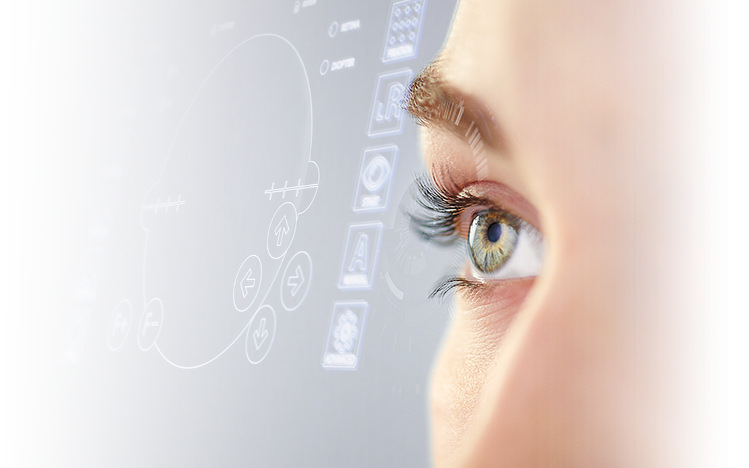All Categories
Featured
Understanding common eye issues and just how to stop them is necessary for preserving eye health throughout life. In this blog, we'll review some of the most common eye issues and use suggestions on exactly how to protect your vision.
- Dry Eyes:
Dry eye disorder occurs when your eyes do not create sufficient rips or the right top quality of tears to maintain them oiled. Signs include a painful, burning feeling, or the sensation of something being stuck in your eye. Environmental factors like a/c, smoke, and lengthy hours of looking at a computer display can aggravate this condition.

Prevention:
Blink regularly when using digital gadgets to guarantee your eyes remain damp. Usage synthetic rips if required. Try a humidifier in dry environments. Keep moisturized and protect your eyes from wind and smoke. 2. Cataracts:
A cataract is the clouding of the lens in your eye, which can create blurred vision, problem seeing in the evening, and light level of sensitivity. It typically happens as component of the all-natural aging procedure, yet specific factors such as UV direct exposure, smoking cigarettes, and diabetes can boost the risk.
Avoidance:
Wear UV-blocking sunglasses when outdoors. Stop cigarette smoking and take care of diabetes to decrease the threat. Consume a healthy and balanced diet abundant in anti-oxidants, such as leafy greens, nuts, and fish. 3. Glaucoma:
Glaucoma is a group of eye diseases that damage the optic nerve, typically brought on by raised eye pressure. It can result in long-term vision loss if left unattended. Because glaucoma normally develops gradually, there may be no very early signs, making regular eye tests crucial.
Prevention:
Obtain regular eye appointments to keep track of eye stress. Follow prescribed therapies if diagnosed with glaucoma. Exercise consistently to enhance blood circulation and minimize eye pressure. 4. Age-Related Macular Deterioration (AMD):
AMD influences the macula, the part of the retina responsible for sharp main vision. This problem can bring about vision loss, especially in older adults. Early indicators include problem checking out or seeing faces clearly.
Avoidance:
Shield your eyes from UV light by wearing sunglasses. Maintain a healthy and balanced diet abundant in vitamins C and E, zinc, and omega-3 fatty acids. Stay clear of smoking cigarettes, which can increase AMD progression. 5. Conjunctivitis (Pink Eye):
Conjunctivitis is the swelling of the slim cells covering the white component of the eye, often brought on by microbial or viral infections. Signs and symptoms include inflammation, itchiness, and watery discharge from the eyes.
Avoidance:
Clean your hands frequently and prevent touching your eyes. Stay clear of sharing personal products like towels or makeup. Steer clear of from contaminated individuals to avoid the spread. 6. Refractive Mistakes (Near-Sightedness, Far-Sightedness, Astigmatism):
Refractive mistakes happen when the shape of the eye stops light from concentrating properly on the retina. Signs consist of blurred vision at various distances, depending upon the sort of refractive mistake.
Prevention:
Frequently visit an optometrist for eye examinations. If needed, put on rehabilitative lenses such as glasses or contact lenses. Exercise excellent eye health to prevent straining your eyes. Conclusion:
Maintaining eye wellness needs a combination of safety nets and routine eye exams. By knowing usual eye issues and following straightforward pointers for avoidance, you can keep your eyes in good condition and ensure optimal vision for years to find. Remember, it's never too very early to start caring for your eyes, so take action today!
Latest Posts
Uncover the Top Auto Repair Deals in Montclare, Chicago
Discover Brake Repair & More: Comprehensive Auto Care Solutions from Montclare Auto Repair
Explore Your Financial Partner at WyHy – Top Benefits for Your Financial Goals
More
Latest Posts
Uncover the Top Auto Repair Deals in Montclare, Chicago
Discover Brake Repair & More: Comprehensive Auto Care Solutions from Montclare Auto Repair
Explore Your Financial Partner at WyHy – Top Benefits for Your Financial Goals